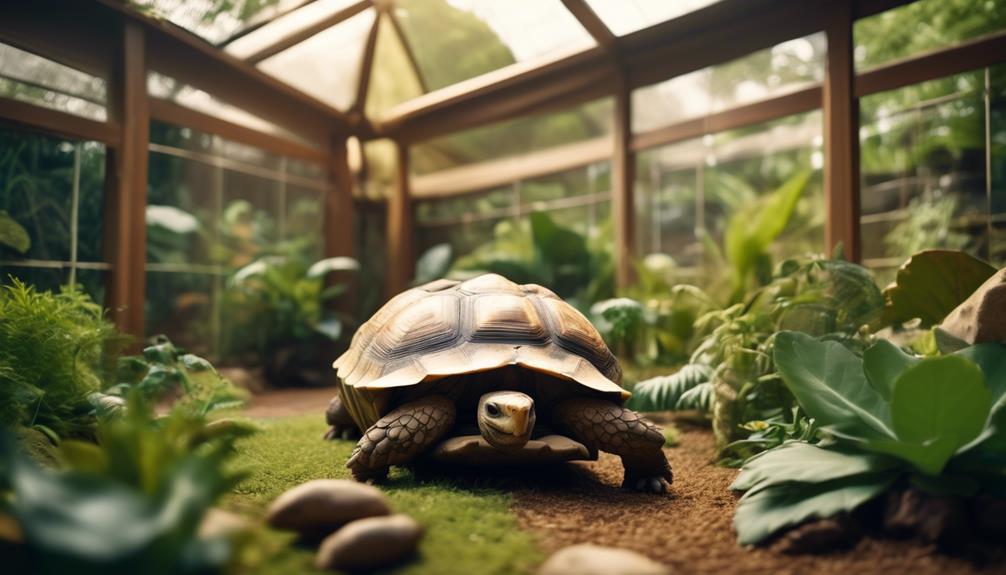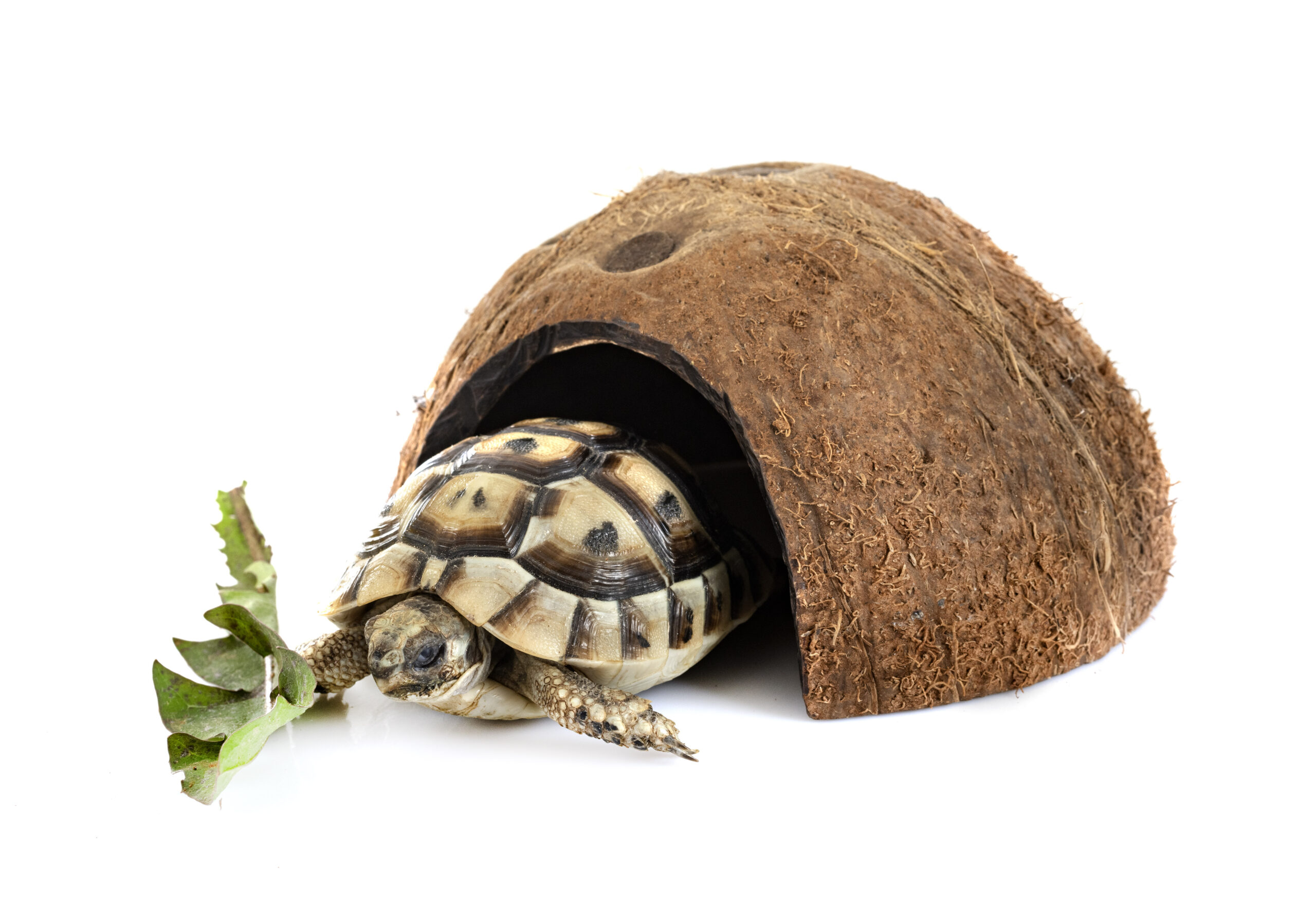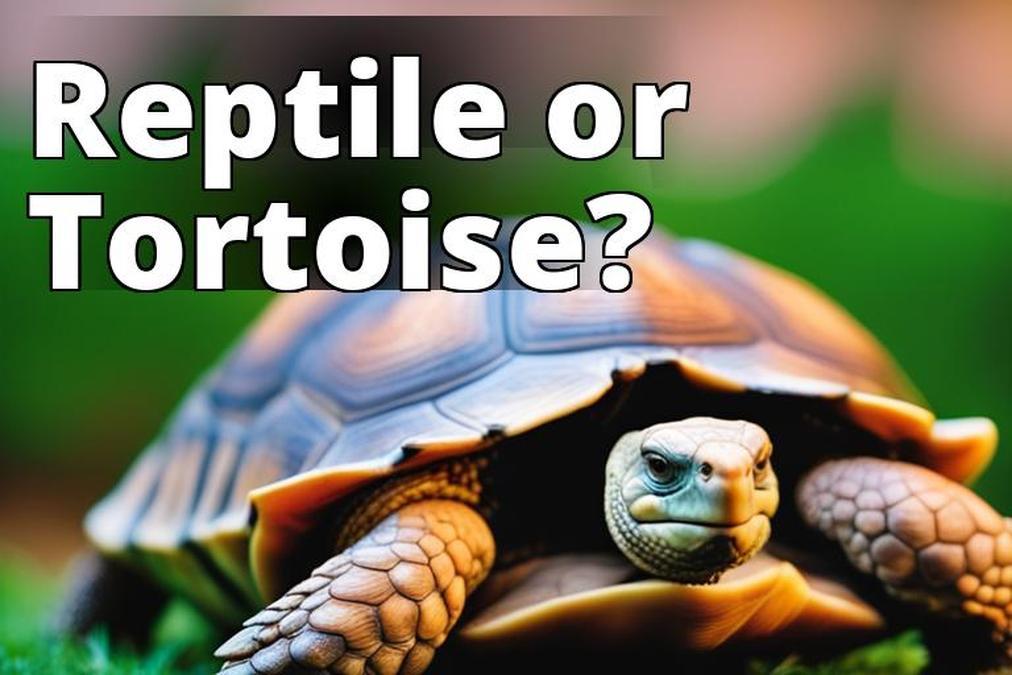Are you considering getting a tortoise as a pet and wondering if a tortoise aquarium would be a good option? While tortoise aquariums are a popular choice for indoor housing, they are not ideal for the health and well-being of your tortoise. Here’s why:

Insufficient Space
Tortoises need a lot of space to roam around and explore. They are active creatures that require ample room to move around, burrow, and bask in the sun. An aquarium, even the largest on the market, does not provide enough space for a tortoise to feel comfortable.
Tortoise aquariums are harmful
- Tortoise aquariums are not suitable for tortoises as they require a lot of space to move around and graze.
- They also require specific temperatures and lighting that cannot be adequately provided in an aquarium.
- This can lead to health issues and even death for the tortoise.

Poor Ventilation
Tortoises require proper ventilation to maintain their respiratory health. When kept in an aquarium, the air inside can become stagnant, leading to respiratory issues. Poor ventilation can also lead to a buildup of bacteria and mold, which can further harm a tortoise’s health.

Incorrect Lighting
Tortoises require specific lighting conditions to stay healthy and happy. They need access to both UVB and UVA lighting to regulate their metabolism, maintain strong bones, and absorb essential vitamins. Aquariums often do not provide the right lighting conditions, and even if they do, the light is often too far away from the tortoise to be effective.

Limited Access to Food and Water
Tortoises require access to fresh food and water at all times. In an aquarium, it can be challenging to provide a consistent supply of fresh food and water. Even if you place a water bowl and food dish in the aquarium, it can be difficult for a tortoise to access it, especially if there are other objects in the way.

Alternatives to Tortoise Aquariums
Personal Story: My Experience with a Tortoise Aquarium
When I was younger, I begged my parents for a tortoise. Finally, they caved and bought me a small tortoise and a cute little aquarium to keep it in. I was thrilled to have a pet, but little did I know that I was setting my tortoise up for a terrible life.
At first, everything seemed fine. My tortoise, Sparky, would crawl around his aquarium and eat the lettuce and carrots we fed him. But as he grew, he became more and more lethargic. His shell began to deform, and his appetite decreased. My parents took him to the vet, who informed us that Sparky had metabolic bone disease and was suffering from the poor conditions in his aquarium.
We were devastated to learn that we had unknowingly been harming our pet. The aquarium was too small for Sparky to move around in, and the lack of UVB lighting had caused his bones to weaken and deform. We immediately made changes to his living conditions, but it was too late to reverse the damage that had been done.
My experience with Sparky taught me that tortoise aquariums are not suitable living spaces for these creatures. They require ample space to move and proper lighting to thrive. I hope that by sharing my story, others can avoid making the same mistake and provide a better life for their tortoises.
Outdoor Enclosure
An outdoor enclosure is a great alternative to an indoor aquarium. Outdoor enclosures provide tortoises with ample space to explore and engage in natural behaviors. They can bask in the sun, dig in the dirt, and graze on fresh vegetation. Outdoor enclosures also provide proper ventilation, lighting, and access to fresh food and water.
Indoor Enclosure
If you prefer to keep your tortoise indoors, an indoor enclosure can be a suitable alternative to an aquarium. Indoor enclosures should be spacious and mimic the natural habitat of a tortoise as much as possible. They should have proper ventilation, lighting, and access to fresh food and water. The size of the enclosure should vary depending on the species of tortoise you have. For example, a Russian tortoise requires a minimum of 8 square feet of space, while a Sulcata tortoise needs at least 100 square feet.
Tortoise Table
A tortoise table is an indoor enclosure specifically designed for tortoises. It is a table-like structure that provides ample space for a tortoise to move around and explore. Tortoise tables can be customized to mimic a tortoise’s natural habitat and can include heat lamps, lighting, and access to fresh food and water. Tortoise tables can be a great option for pet owners who want to keep their tortoise indoors but want to provide them with the space and amenities they need to thrive.
To ensure that the indoor enclosure or tortoise table provides the correct lighting and heating, it is important to do research on the specific species of tortoise you have. For example, a desert tortoise will need a heat source that can provide a basking area of 100 degrees Fahrenheit, while a forest tortoise will require a cooler basking area of around 80 degrees Fahrenheit.
Conclusion
In conclusion, tortoise aquariums are not suitable for tortoises. Tortoises require ample space, proper ventilation, lighting, and access to fresh food and water to thrive. Outdoor enclosures, indoor enclosures, and tortoise tables are all suitable alternatives to tortoise aquariums. By providing your tortoise with the proper environment, you can ensure they live a happy and healthy life.
| Factor | Outdoor Enclosure | Indoor Enclosure | Tortoise Table |
|---|---|---|---|
| Space | Large space required, can explore and engage in natural behaviors | Spacious and mimics natural habitat | Table-like structure that provides ample space |
| Ventilation | Proper ventilation | Proper ventilation | Proper ventilation |
| Lighting | Access to natural sunlight and UVB lighting | UVB and UVA lighting | Customizable lighting |
| Food and Water | Access to fresh food and water | Access to fresh food and water | Access to fresh food and water |
| Temperature and Humidity | Natural temperature and humidity variations | Temperature and humidity controlled | Temperature and humidity controlled |
| Cost | Expensive to set up | Moderate cost | Least expensive option |







